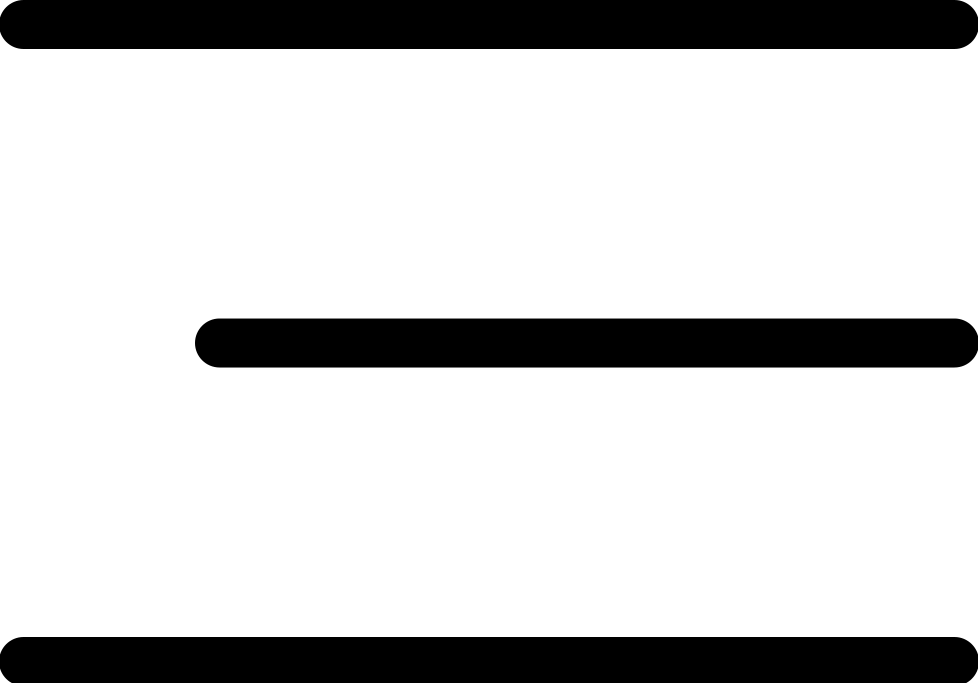Alternating Current (AC) is a type of electric current that undergoes cyclic changes in direction and continuously varies in magnitude over time. Unlike Direct Current (DC), which flows in only one direction, AC is the primary form of electric power that is delivered to businesses and residences. It is also the typical form of electrical energy used to power various consumer devices, including kitchen appliances, televisions, fans, and electric lamps when they are plugged into a wall socket. On the other hand, DC power is commonly sourced from battery cells, such as those found in flashlights.
Waveform and Applications
In most electric power circuits, the usual waveform of AC is a sine wave. This means that the positive half-period aligns with the positive direction of the current, and vice versa. However, in certain applications like guitar amplifiers, different waveforms such as triangular or square waves are utilized. Additionally, audio and radio signals that are transmitted through electrical wires are examples of AC carrying information, such as sound or images. These signals are often modulated by an AC carrier signal. It is worth noting that these currents often operate at higher frequencies than those used in power transmission.
Course Focus and Content
The focus of this course is to delve into sinusoidal waveforms and equip students with a fundamental understanding of working with AC circuits. The curriculum covers a wide range of topics, including sinusoidal waveforms, vectors and phasors, reactance and impedance of R, L, C circuits, in relation to the basic laws and theorems of electricity. Furthermore, the course encompasses working with AC Power, Power Factor, Resonance, Complex Numbers, Reactance, and Impedance. By studying these concepts, students will gain the necessary knowledge and skills to effectively analyze and design AC circuits.
Overall, AC is a vital component of our modern electrical systems, and understanding its characteristics and applications is crucial for anyone working in the field of electrical engineering or related disciplines. This course provides a comprehensive exploration of AC circuits, ensuring that students are well-prepared to tackle real-world challenges and contribute to the advancement of electrical technology.
Anyone wanting to understand the Basic concepts of electricity as it applies to linear AC circuit analysis (resistors, capacitors and inductors).
- I liked the course. The course is very informative. Even though I am not a native speaker I could easily understood what teacher said ~ O Hocaoğlu
- Great! This one talks a lot about power. In addition, there are lots of inductors and capacitors and how they behave in AC circuits ~ Kylar O
- The course does exactly as expected. Clearly without much complication defines Alternating Current and various calculation. It does not simmer on any particular subject and it leaves you with few questions ~ Krzysztof F
- Excellent review of AC Circuit Analysis. The diagrams and automations really help explain the material ~ D MacArthur
- Clear concise speech and logic explained very simply. Great! ~ J Zafar
- The instructor is very easy to understand. Great refresher course! ~ Dilano H
- This course will provide an understanding of alternating sinusoidal current.
- Including sinusoidal waveforms,
- Including vectors & phasors,
- Including reactance & impedance.
The student should have an understanding of the basic fundamentals of electricity and DC circuit analysis.






 Full lifetime access
Full lifetime access  Access on laptop,
tablet and mobile devices
Access on laptop,
tablet and mobile devices  Certificate of
completion
Certificate of
completion 
















